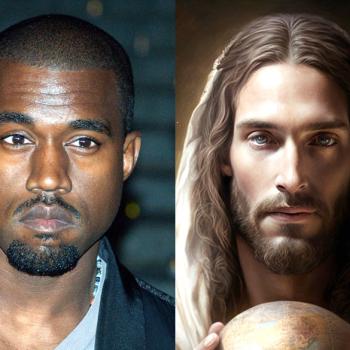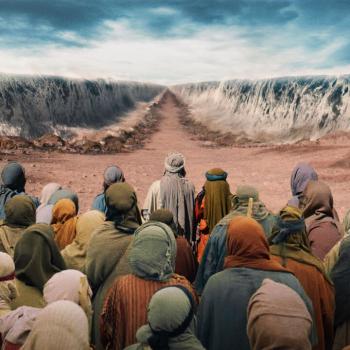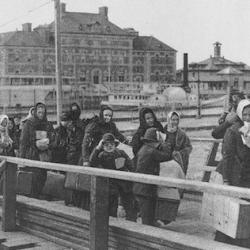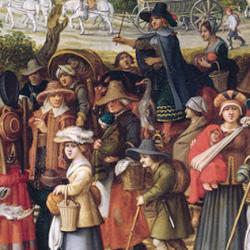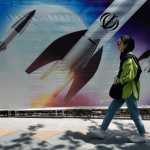In a seminal 2001 essay, Fenggang Yang and Helen Rose Ebaugh studied 13 Houston-area religious institutions to discover how the religious lives of new immigrants are changed by their move to America. They discovered three processes: The congregations adapt “in organizational structure and ritual”; they return to “theological foundations”; and they make an effort to reach “beyond traditional boundaries to include other peoples” (270). There is pressure, in other words, both toward a return-t0-basics “fundamentalism” (their term) and an outward-focused “ecumenism” (again their term).
Though the authors are reluctant to call these processes “Americanization” or “Protestantization,” that seems be an accurate way of describing the results. In America, religions are led by lay adherents, their religious institutions become more holistic and community-service centered, they adopt the vernacular (English) as the language of worship.
For instance: The voluntarist religious landscape of America puts religions into competition for adherents, and traditionally shrine-based religions shift emphasis to gain and retain adherents: “Immigrant religious organizations – Buddhist, Hindu, Muslim, and Zoroastrian as well as Christian – all have developed various programs and activities to attract immigrant adherent. For this reason, the Chinese Buddhist Hsi Nan Temple in Houston abandoned its original secluded site and built a new temple in the center of the Chinese immigrant community in southwest Houston. The temple also widely advertises its regular and special activities through local Chinese newspapers and on the Internet. While the temple is open to all people who want to come, monks and lay leaders actively recruit people to join, and design programs to increase their participation and commitment. They make these adaptations in order to compete for followers with other religions as well as other Buddhist groups in the pluralist social environment” (274).
In Asia, Buddhism is often “a monastery-centered religion where monks and nuns live in temples, often monasteries in secluded mountains, whereas lay believers are pilgrims or religious clients.” But in the US, Buddhist groups “have started a membership system with annual dues” (274). Call it the monkhood of all believers.
Sometimes the Protestantization/Christianization is quite overt: “Immigrant congregations are also incorporating Christian ways of imparting religious education by offering Sunday school classes for children and adults. For example, some Buddhists hold sutra study classes for the youth as well as adults; the Zoroastrians have Gatha classes, modeled on Protestant Bible study groups” (275). At the Sunday service at the Hsi Nan Temple, “instead of the traditional fan-bei (bhasa) music that aims at calming the mind, a choir often sings hymns with praising themes, some with traditional Protestant melodies (277; emphasis added).
Some of this is imitation induced by competition, but there are more structural incentives to become “Protestant.” City ordinances prohibit the broadcasting of the Adhan; instead of responding to a public call to prayer, Muslim prayer tends to get privatized. American work weeks are still structured by Christian time-reckoning, so immigrant communities adjust. Muslims in America cannot take off Friday for worship, so they shift to Sunday; Buddhists, Hindus, and Zoroastrians have also changed from traditional days of worship to the Christian Sunday. Immigration laws, as well as other federal and local regulations, favor lay leadership of religious communities: “American laws and democratic norms appear to be overriding forces favoring the changes toward a lay-centered religious community.” Immigrants with religious vocations often come into the US as employees of lay-established religious organizations (275).
America has already nudged Catholics and Orthodox in a “Protestant” direction. Now it’s doing the same with adherents of other religions. America may be more effective in making Protestants than any of the Protestant churches have been.
(Yang and Ebaugh, “Transformations in New Immigrant Religions and Their Global Implications,” American Sociological Review 66:2 [2001] 269-88.)



